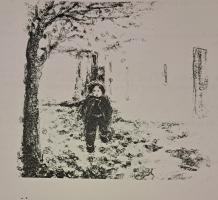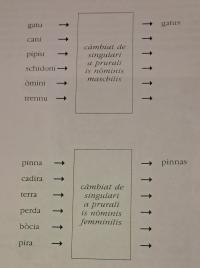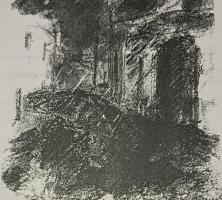Copy Link
Add to Bookmark
Report
Cider Digest #0225

Date: Thu, 19 Nov 92 11:50 EST
From: hjl@gummo.att.com
Subject: Re: Cider Digest #224 Wed Nov 18 18:00:02 EST 1992
Regarding sorbate. My understanding is that it can prevent a
fermentation from starting (or restarting) but it cannot
shut down an active ferment. This may be useful in addressing
two issues raised in Cider Digest #224: starting a fermentation
in cider with sorbate in it and stopping a fermentation before
all the sugar is gone. To start the ferment I would begin with
a small amount of sorbate-free fermentable liquid (sugar or
honey with yeast nutrient or grape juice), add yeast
and ferment at about 70 degrees under a lock until until activity
is robust. Then add small (but increasing) amounts of the
sorbated cider until it is all actively fermenting. I have sucessfully
used this method with grape juice. To stop the ferment I would
try cooling to near freezing, racking the cider off the lees
and then adding sorbate [about 1/2 teaspoon (2 1/2 cc) per
5 gallons]. Allow to warm to room temperature and rest a
few weeks (or months) before bottling to avoid possible
glass grenades.
Hank Luer
------------------------------
Date: Thu, 19 Nov 1992 13:12:00 +0000
From: "Rick (R.) Cavasin" <cav@bnr.ca>
Subject: re:Cider Digest #224 Wed Nov 18 18:00:02 EST 1992
Joe Germani tells of his disappointment with a recent batch of cider
in which he used Edme ale yeast. Edme (along with most dry ale yeasts)
are fairly attenuative, so one would expect a dry cider. You
don't say whether the must was sulphited, pasturized, or what. If no
steps were taken to eliminate wild yeast, it may be that the off flavours
were byproducts of these uninvited guests. On the other hand, they
may be byproducts of the Edme yeast. What was the temp. at which
you fermented? It's hard to pinpoint the defect from a description,
but it may be due to excess phenolics (clove like flavour) or fusel
alcohols (nasty bitter ?), both of which can be produced by some yeasts
at high fermentation temperatures. While cider will be sour to varying
degrees depending on the apples, if it is alot more sour than the
original must, this might indicate contamination.
Without more information, my only recommendations would be to:
1) eliminate foreign organisms by sulphiting or pasturizing
2) use a clean fermenting yeast strain, pitched from a starter
3) use an unattenuative yeast strain (eg. Wyeast European Ale strain)
4) ferment at lower temperatures (in 60's range)
hope this helps, Rick C.
------------------------------
Date: Thu, 19 Nov 92 14:59:03 PST
From: steve@caticsuf.csufresno.edu (Steve Mitchell)
Subject: My first batch
Hi. I've been brewing beer for a while now and have
just recently decided to try my hand at making hard
cider.
I pitched about 1/2 packet of Edme ale yeast into
a 1 gallon jug of apple juice after having removed
and saved about a pint of the juice. I plan on
mixing them back together after the fermentation
stops and throwing it the fridge.
Question:
How can I improve on technique with little
or no additional effort? :) I don't really
want my beer fermenters to be tied up making
cider right now, so I'd like to stick to something
I can brew in 1 gallon batches.
Question #2:
How can I spice things up (again, as simply as
possible) for the holidays?
Thanks!
--steve
- --
Steve Mitchell / steve_mitchell@csufresno.edu / steve@caticsuf.csufresno.edu
"STUFF: Anything that can be used for homebrewing." "JUNK: Everything else
you thought could be used for homebrewing, but can't."
------------------------------
























